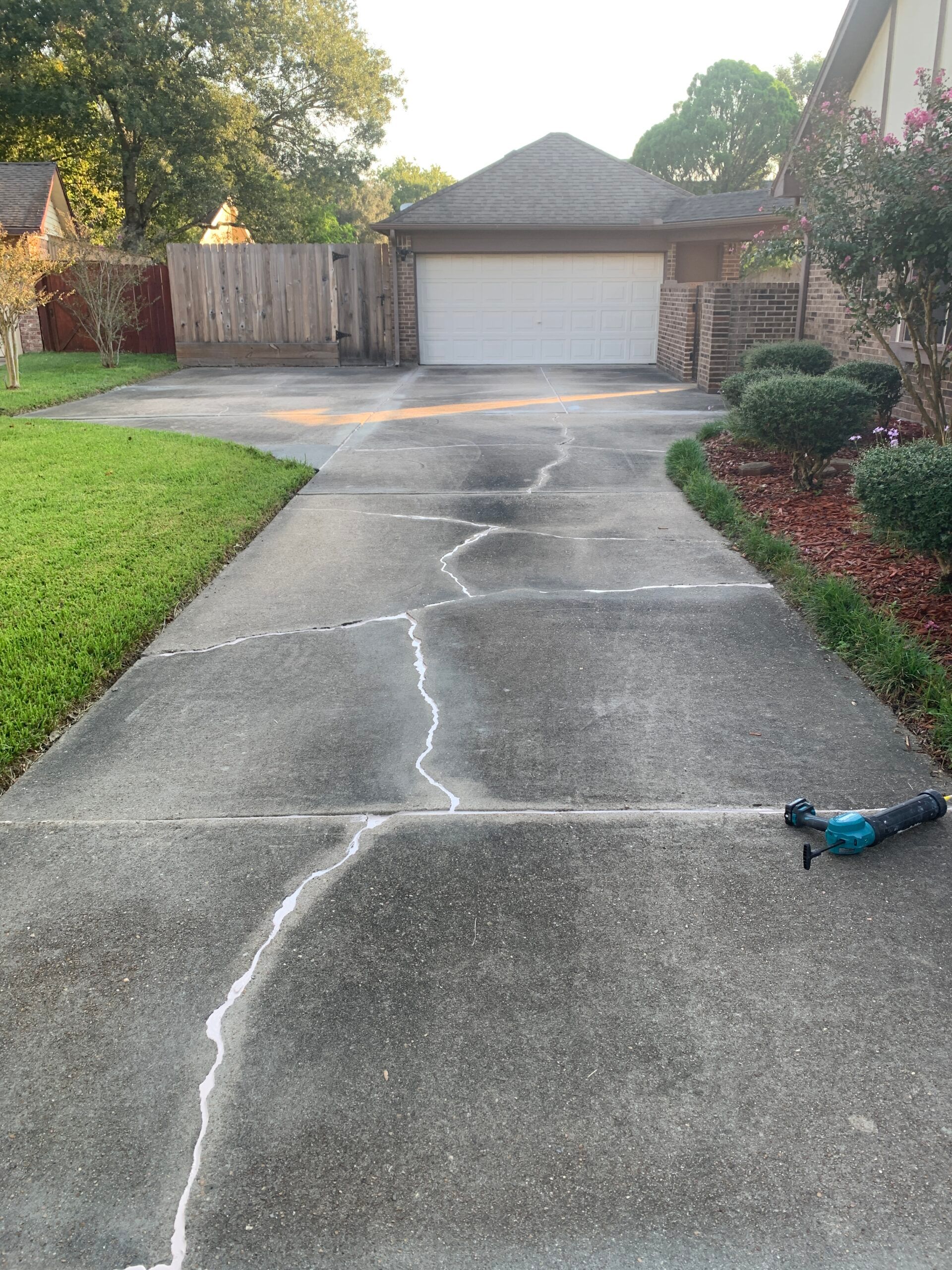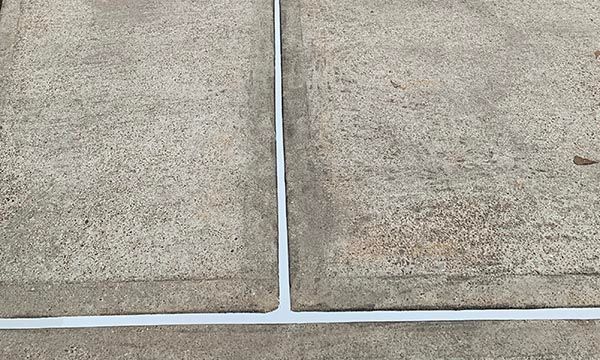Expansion Joint Repair
Affordable expansion joint repair in Alvin, TX and surrounding areas.
The Vital Role of Sealed Expansion Joints in Concrete Maintenance
Maintaining the integrity of concrete structures is crucial for prolonging their lifespan and ensuring safety. A critical component of this maintenance is the upkeep of expansion joints. Ro-Berg, a seasoned concrete repair company, emphasizes the significance of sealed expansion joints. These joints are the gaps intentionally included in concrete installations to accommodate the natural expansion and contraction caused by temperature fluctuations, moisture, and other environmental factors.


Why Sealed Expansion Joints Matter
Expansion joints are designed to prevent cracks in concrete surfaces. They serve as a buffer, allowing concrete sections to move without putting the entire structure at risk. However, when these joints fail or aren't maintained correctly, they can lead to significant issues. Water infiltration is a prime concern, as it can lead to soil erosion underneath the concrete and subsequent instability or collapse of the concrete structure. Sealing these joints properly with a durable material is paramount in mitigating such risks.
10 Signs Homeowners Should Look For
Recognizing the early signs of sinking concrete can save property owners from more significant problems down the line. Here are ten indicators that your concrete may need Ro-Berg's polyurethane foam treatment:
Crack Formation: Small, hairline fractures near or along the expansion joints indicate movement and potential sealant failure.
Gapping:
Joints that have widened over time suggest that the sealant has deteriorated or the concrete has shifted significantly.
Pooling Water: Water collecting around the joints can seep through unsealed or damaged areas, undermining the concrete.
Erosion Around Edges: Visible erosion or gaps under the edges of concrete slabs signal that the joint seal may be compromised.
Crumbling Sealant: If the material filling the joint is flaking away, it is no longer providing the necessary protective barrier.
Joint Discoloration: Staining or color changes in the sealant can be a symptom of water infiltration and potential mold growth.
Vegetation Sprouting: Plants growing from the joints are an unmistakable sign that the seal is no longer intact.
Unusual Movement: If the concrete slabs appear to move or rock, the joints may not be functioning correctly.
Substance Leakage: Oil or chemical stains near the joints could mean that the sealant is allowing contaminants to penetrate.
Adjacent Concrete Damage: Cracks or scaling in the concrete near the joints often correlate with joint failure.
Addressing Expansion Joint Issues
To maintain the expansion joints, homeowners should engage professional services like Ro-Berg to ensure a proper assessment and repair. The process often involves cleaning the joints, removing the old sealant, applying a new flexible sealant, and ensuring it is properly cured. This maintenance not only preserves the concrete structure but also maintains its aesthetic value and prevents safety hazards.
Ro-Berg's expertise in replacing old and failing expansion joints is part of their broader commitment to concrete integrity. They understand that attention to such details is crucial for long-lasting and safe concrete structures. Regular inspections and timely repairs of expansion joints are investments that save substantial costs and inconvenience over the long term.
CONTACT INFORMATION
Phone: (281) 706-0474
Email: luke@ro-berg.com
Location: We serve Houston and the surrounding area. (Offices in Alvin)
All Rights Reserved | Ro-Berg
